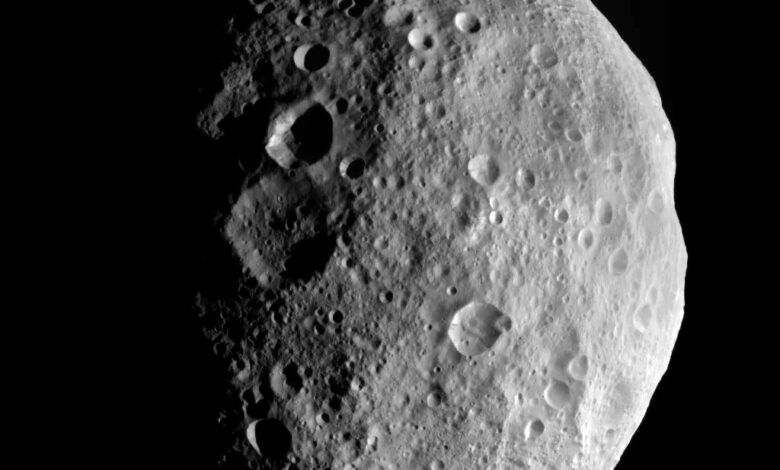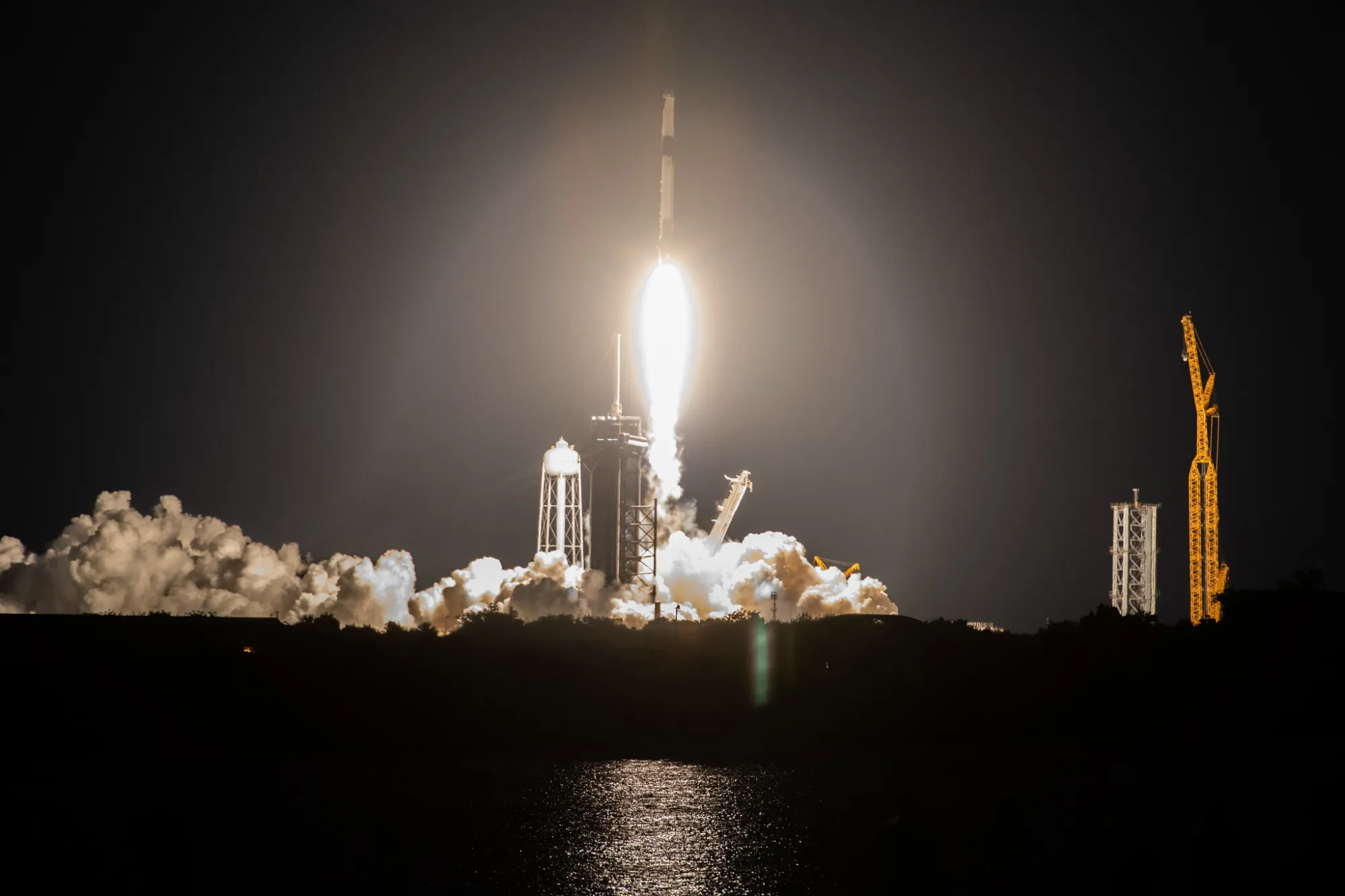Lab Work Digs Into Gullies Seen on Giant Asteroid Vesta by NASA’s Dawn

Known as flow formations, these channels could be etched on bodies that would seem inhospitable to liquid because they are exposed to the extreme vacuum conditions of space.
Pocked with craters, the surfaces of many celestial bodies in our solar system provide clear evidence of a 4.6-billion-year battering by meteoroids and other space debris. But on some worlds, including the giant asteroid Vesta that NASA’s Dawn mission explored, the surfaces also contain deep channels, or gullies, whose origins are not fully understood.
A prime hypothesis holds that they formed from dry debris flows driven by geophysical processes, such as meteoroid impacts, and changes in temperature due to Sun exposure. A recent NASA-funded study, however, provides some evidence that impacts on Vesta may have triggered a less-obvious geologic process: sudden and brief flows of water that carved gullies and deposited fans of sediment. By using lab equipment to mimic conditions on Vesta, the study, which appeared in Planetary Science Journal, detailed for the first time what the liquid could be made of and how long it would flow before freezing.
Although the existence of frozen brine deposits on Vesta is unconfirmed, scientists have previously hypothesized that meteoroid impacts could have exposed and melted ice that lay under the surface of worlds like Vesta. In that scenario, flows resulting from this process could have etched gullies and other surface features that resemble those on Earth.

To explore potential explanations for deep channels, or gullies, seen on Vesta, scientists used JPL’s Dirty Under-vacuum Simulation Testbed for Icy Environments, or DUSTIE, to simulate conditions on the giant asteroid that would occur after meteoroids strike the surface.
NASA/JPL-Caltech
But how could airless worlds — celestial bodies without atmospheres and exposed to the intense vacuum of space — host liquids on the surface long enough for them to flow? Such a process would run contrary to the understanding that liquids quickly destabilize in a vacuum, changing to a gas when the pressure drops.
“Not only do impacts trigger a flow of liquid on the surface, the liquids are active long enough to create specific surface features,” said project leader and planetary scientist Jennifer Scully of NASA’s Jet Propulsion Laboratory in Southern California, where the experiments were conducted. “But for how long? Most liquids become unstable quickly on these airless bodies, where the vacuum of space is unyielding.”
The critical component turns out to be sodium chloride — table salt. The experiments found that in conditions like those on Vesta, pure water froze almost instantly, while briny liquids stayed fluid for at least an hour. “That’s long enough to form the flow-associated features identified on Vesta, which were estimated to require up to a half-hour,” said lead author Michael J. Poston of the Southwest Research Institute in San Antonio.
Launched in 2007, the Dawn spacecraft traveled to the main asteroid belt between Mars and Jupiter to orbit Vesta for 14 months and Ceres for almost four years. Before ending in 2018, the mission uncovered evidence that Ceres had been home to a subsurface reservoir of brine and may still be transferring brines from its interior to the surface. The recent research offers insights into processes on Ceres but focuses on Vesta, where ice and salts may produce briny liquid when heated by an impact, scientists said.
Re-creating Vesta
To re-create Vesta-like conditions that would occur after a meteoroid impact, the scientists relied on a test chamber at JPL called the Dirty Under-vacuum Simulation Testbed for Icy Environments, or DUSTIE. By rapidly reducing the air pressure surrounding samples of liquid, they mimicked the environment around fluid that comes to the surface. Exposed to vacuum conditions, pure water froze instantly. But salty fluids hung around longer, continuing to flow before freezing.
The brines they experimented with were a little over an inch (a few centimeters) deep; scientists concluded the flows on Vesta that are yards to tens of yards deep would take even longer to refreeze.
The researchers were also able to re-create the “lids” of frozen material thought to form on brines. Essentially a frozen top layer, the lids stabilize the liquid beneath them, protecting it from being exposed to the vacuum of space — or, in this case the vacuum of the DUSTIE chamber — and helping the liquid flow longer before freezing again.
This phenomenon is similar to how on Earth lava flows farther in lava tubes than when exposed to cool surface temperatures. It also matches up with modeling research conducted around potential mud volcanoes on Mars and volcanoes that may have spewed icy material from volcanoes on Jupiter’s moon Europa.
“Our results contribute to a growing body of work that uses lab experiments to understand how long liquids last on a variety of worlds,” Scully said.
Find more information about NASA’s Dawn mission here:





